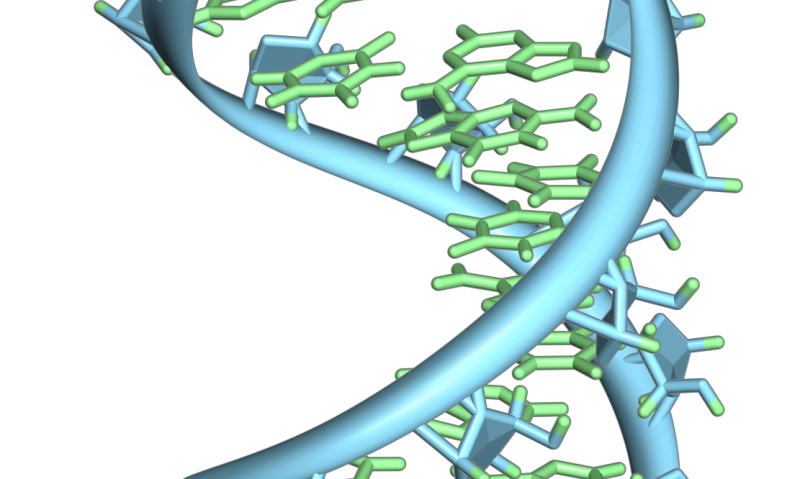New Molecular Target Identified for Treating Resistant Lung Adenocarcinoma

A new study uncovers the role of CACYBP in driving lung adenocarcinoma growth, offering potential for novel targeted therapies and improved patient outcomes.
Researchers have discovered a critical molecular 'on–off' switch that influences the growth and spread of lung adenocarcinoma, the most common subtype of lung cancer. This discovery centers on the protein calcyclin-binding protein (CACYBP), which has been shown to play a vital role in tumor progression. Elevated levels of CACYBP were found in lung tumor tissues compared to healthy lung tissue, and patients with higher CACYBP expression tended to have more advanced disease stages and poorer survival outcomes. Functional studies demonstrated that silencing CACYBP in lung cancer cell lines resulted in decreased cell proliferation, reduced migration, and increased cell death. In mouse models, tumors with reduced CACYBP activity also shrank, highlighting the protein's importance in tumor growth.
The research further elucidated the mechanism by which CACYBP promotes cancer progression. It binds to and activates CDK1, a key enzyme involved in cell cycle regulation, which subsequently stimulates the PI3K/AKT signaling pathway—a major driver of cellular growth in many cancers. Senior author Dr. Ying-Jie Wen explained that CACYBP appears to operate at the top of this cascade, maintaining the rapid division of lung adenocarcinoma cells.
This groundbreaking discovery suggests that targeting CACYBP could open new avenues for therapy, especially for patients who do not respond to existing treatments. Currently, neither CACYBP nor CDK1 are directly targeted by approved drugs, making them promising candidates for future drug development. Moreover, CACYBP levels could serve as a biomarker to predict disease progression and tailor treatment options.
While the findings are promising, they are based on gene-silencing techniques and preclinical models; further research is required to fully understand the binding interactions and develop effective inhibitors. The research team plans to map the CACYBP-CDK1 interface, test combination therapies with PI3K/AKT inhibitors, and validate their findings in patient-derived samples. If successful, these efforts could lead to new targeted therapies that improve outcomes for lung adenocarcinoma patients, a step forward in battling this often stealthy and deadly disease.
Stay Updated with Mia's Feed
Get the latest health & wellness insights delivered straight to your inbox.
Related Articles
Emerging Role of RNA Modifications in Autoimmune Disorder Development
New research uncovers how chemical modifications of RNA, particularly glycosylation, help prevent immune detection of self-RNA and may influence autoimmune disease development.
Understanding Vaccine Choices Through Game Theory and Their Impact on Public Health
Learn how game theory explains why reasonable parents may choose not to vaccinate, leading to outbreaks, and how understanding these decision-making processes can improve public health strategies.
Educational Attainment Significantly Impacts Life Expectancy and Quality of Life in Australia
New Australian research reveals that higher educational attainment leads to longer life expectancy and better quality of life, highlighting the importance of addressing socioeconomic inequalities in health.
Genetic Variant Associated with Increased Risk of Long COVID Symptoms
A new study uncovers a genetic variant near FOXP4 linked to a 60% increased risk of developing long COVID, highlighting the role of lung function in post-COVID symptoms.



